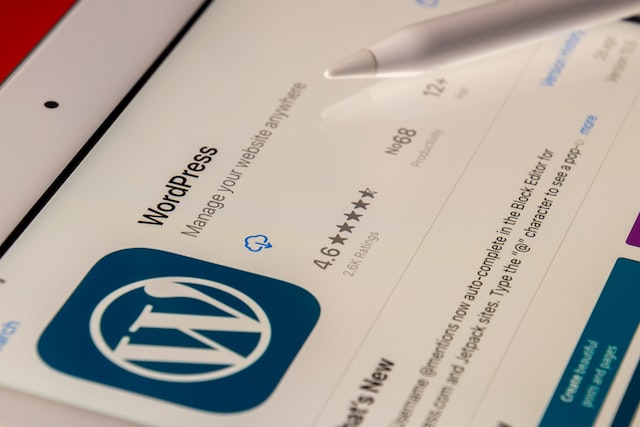A Beginner’s Guide to Hosting a Website

In today’s digital age, a website is essential for individuals and businesses. Whether you want to showcase your portfolio, start a blog, or establish an online presence for your company, hosting a website is the crucial first step. While hosting a website may sound daunting to beginners, this comprehensive guide will break down the process into simple steps to help you get started.
- Define Your Website’s Purpose and Requirements: Before diving into hosting, it’s essential to determine the purpose and requirements of your website. Consider the type of content you plan to publish, whether it’s a static site or requires dynamic features like e-commerce or database integration. This clarity will help you choose the appropriate hosting solution.
- Choose a Hosting Provider: Numerous hosting providers offer various plans and services. When selecting a hosting provider, factors include reliability, customer support, pricing, and scalability. Some popular hosting options include shared hosting, virtual private servers (VPS), cloud hosting, and dedicated servers. Research and compare providers to find the one that best suits your needs.
- Register a Domain Name: Your domain name is your website’s unique online address (e.g., www.yourwebsite.com). Choose a domain name that is relevant, easy to remember, and represents your brand or content. Domain registration services allow you to check domain availability and purchase the chosen domain. Many hosting providers offer domain registration as part of their packages, simplifying the process.
- Set up DNS Configuration: Domain Name System (DNS) configuration connects your domain name to your hosting provider’s servers. This step ensures that when users enter your domain name into their browsers, they are directed to your website’s content. Your hosting provider will provide you with the necessary DNS settings, such as nameservers or IP addresses, which you’ll need to update in your domain registrar’s control panel.
- Create and Upload Your Website’s Content: With your hosting provider selected and DNS configured, it’s time to create your website’s content. If you’re starting from scratch, you can use content management systems (CMS) like WordPress, Joomla, or Drupal, which provide user-friendly interfaces for designing and managing websites. Alternatively, you can hire a web developer or use website builders with drag-and-drop functionality. Once your content is ready, upload it to your hosting account using an FTP client or a web-based file manager provided by your hosting provider.
- Test and Optimize Website Performance: Before making your website live, test its performance to ensure optimal user experience. Check for broken links, test website responsiveness across different devices and browsers, and optimize image sizes for faster loading times. Additionally, consider implementing security measures like SSL certificates to protect user data and establish trust.
- Go Live and Monitor: After thorough testing, it’s time to make your website live. Update your DNS settings to point to your hosting provider, allowing visitors to access your site using your domain name. Regularly monitor your website’s performance, uptime, and security. Set up analytics tools to track visitor behavior, identify areas for improvement, and refine your website’s content and design accordingly.
Conclusion: Hosting a website may seem complex, but with the right guidance, it becomes accessible to anyone. By following the steps outlined in this guide, you’ll be well on your way to hosting your own website. Remember to choose a reliable hosting provider, register an appropriate domain name, and ensure your website’s content is engaging and optimized. With your website live, you’ll be able to reach your target audience, share your ideas, and establish your online presence effectively. Good luck!




